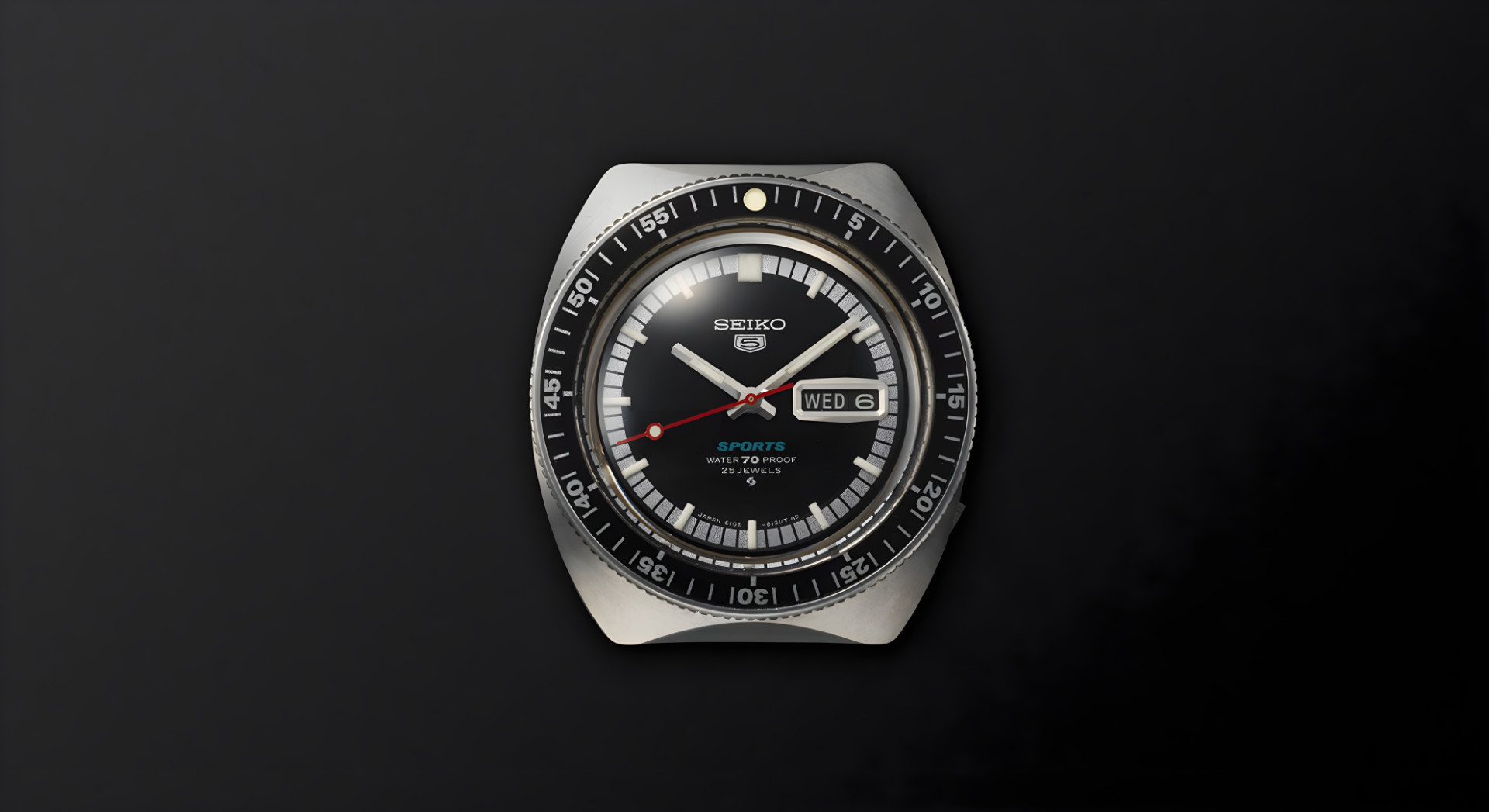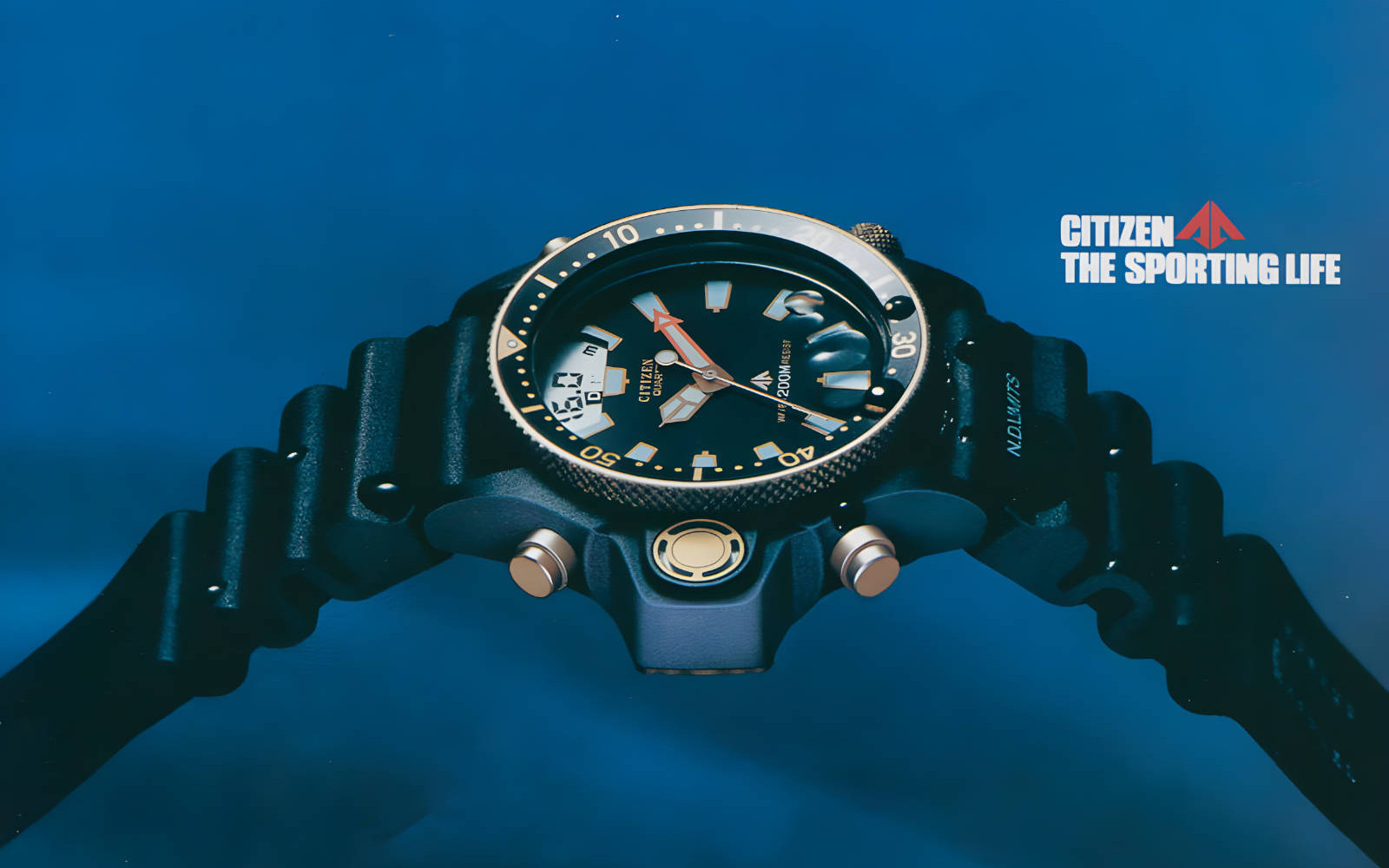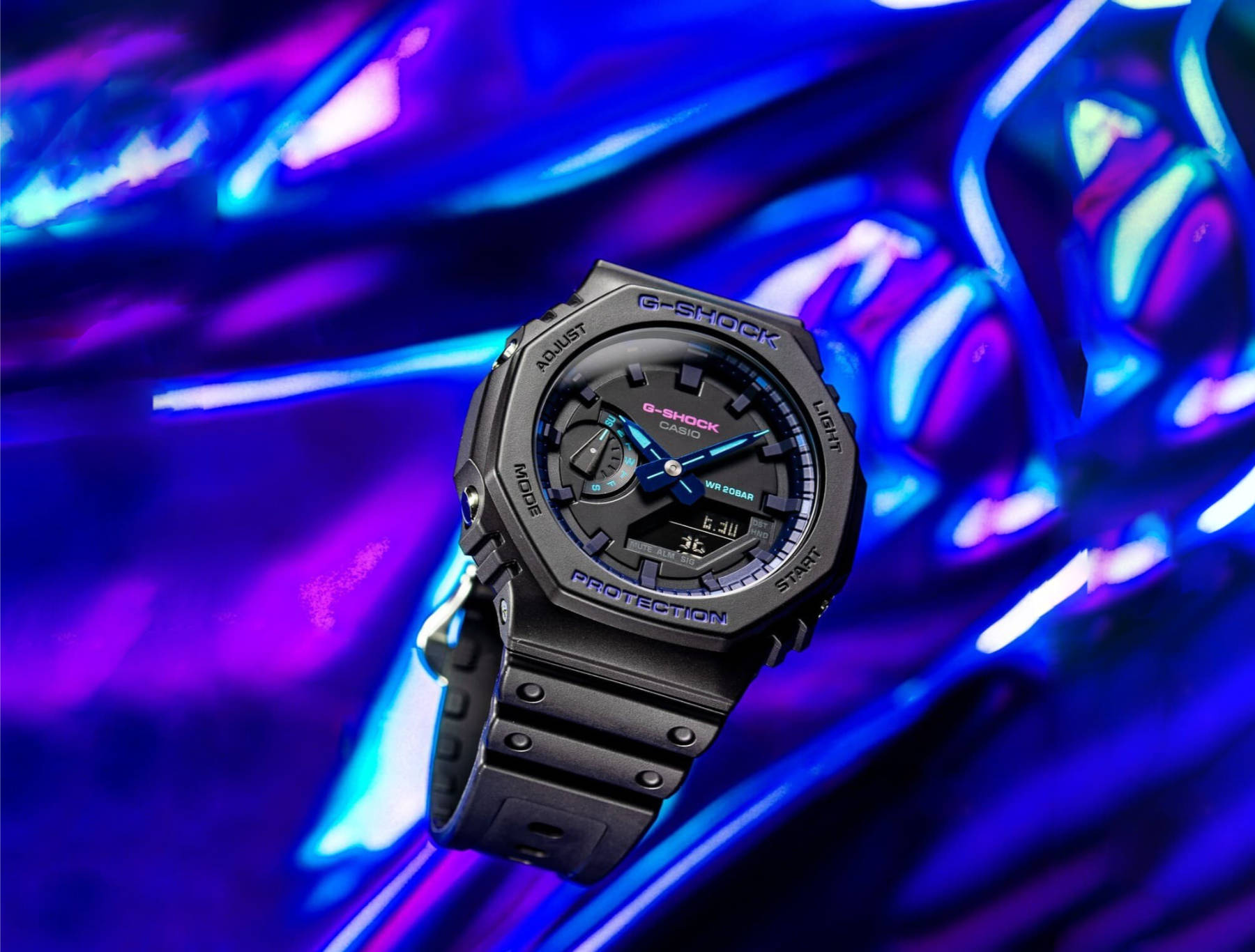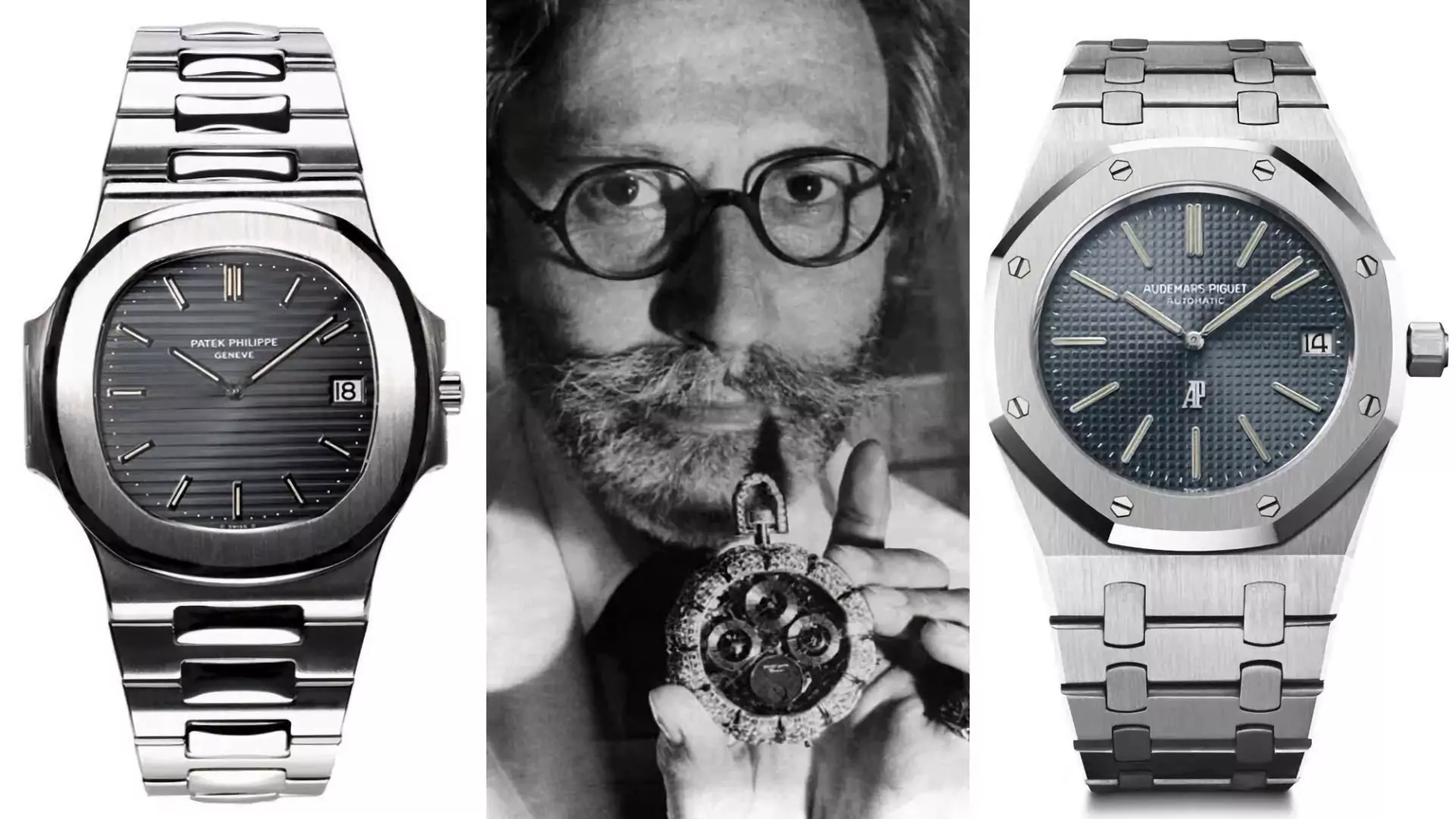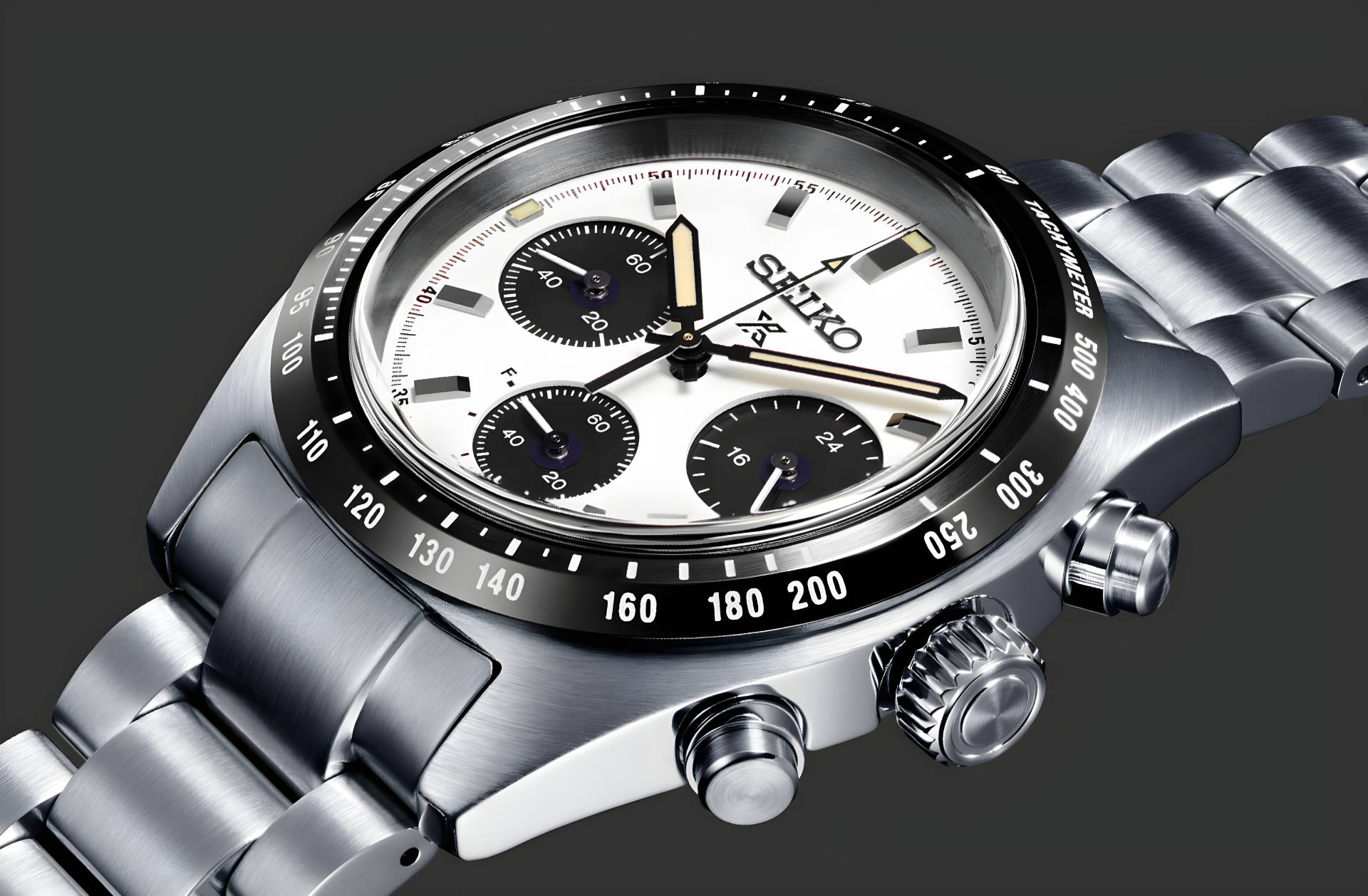A journey inside the Tissot brand that everyone knows about, but no one considers at the level of a history that is so rich and important.
Some companies become the symbol of something. And if you ask someone who is no longer very young the name of a Swiss watch manufacturer, they will probably answer Tissot. From the post-war period until the 1970s, Tissot was the benchmark brand for Swiss watchmaking.
No frills, no excesses, Tissot had always represented the “good watch,” the one you wore on holidays, such as on Sundays when you had lunch with your relatives. And with a few sacrifices, everyone was able to buy one. It was not a luxury watch, which was reserved for very few. On the contrary, it was the quintessential good quality watch. So, what has changed since then? A lot – and then, nothing.

The history of Tissot
Tissot was founded in 1853 in Le Locle by Charles-Félicien Tissot and his son Charles-Émile Tissot. They turned their family home into a small workshop, and from the beginning, they were involved in two distinct lines of business: the manufacture of cases and the assembly of finished watches. In 1858, Charles-Emile began traveling to sell the company’s products, taking advantage of the worldwide demand for Swiss watches, and even reaching Russia and the United States.
The business worked quite well, as by the early 1920s, Tissot, led by Paul Tissot, the fourth generation of the family, began producing its own calibers – both small movements, for ladies’ watches, and more sizable ones for men’s watches, distinguishing itself for the quality of construction and technical innovations adopted.
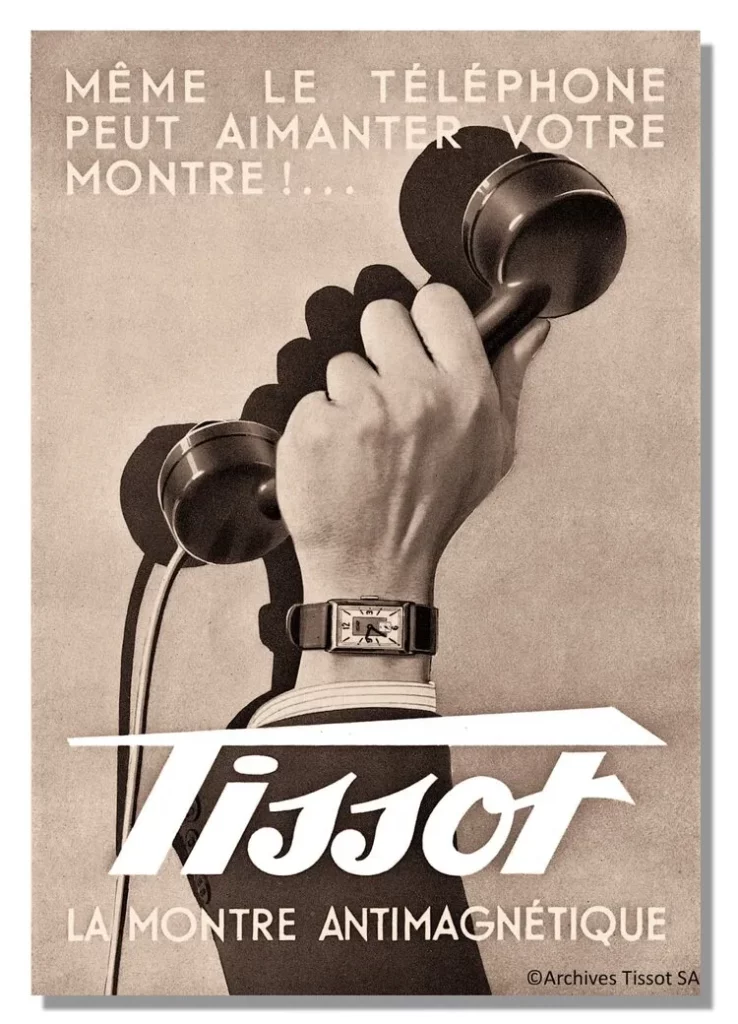
Tissot was, for example, very active in the field of antimagnetic watches, the first of which dates back to the late Twenties, as well as the first models of wristwatches. We know for sure that Tissot was one of the most important companies in the sector in this period. During the terrible economic crisis of 1929, it chose to merge with Omega, creating a group that in the future would become much more: the SSIH, Société Suisse pour l’Industrie Horlogère.
The two companies divided the market based on their respective areas of interest: Tissot took the lower and middle end market, while Omega instead turned to the high-end market. In that period, several timepieces were launched, today highly sought after by collectors, which bear the name of both brands on their dials.
The Second Postwar Period and the plastic movement
In the golden years of the Swiss industry, the two brands continued to operate in their respective specializations – and Tissot worked on developing timepieces to make its timepieces increasingly accessible and affordable. These were the years of iconic products, almost the Visodate, recently reissued in a Heritage version, and other models that made history for the brand. One of the most interesting was an extraordinary movement that left a significant mark on the universe of mechanical watches – so advanced and yet, forgotten.
Tissot’s research team had worked for a long time to create a unique movement made of plastic: the Autolub (or Sytal). From a technical point of view, it was a revolutionary concept: a self-lubricating movement, which did not have to be serviced (indeed, to tell the truth, it could not be serviced, since it was contained within a heat-sealed plastic shell), and which, after a certain period, could be thrown away and replaced with a new one. And despite the premise and the simplicity of the final movement, its performance and accuracy was surprisingly good.
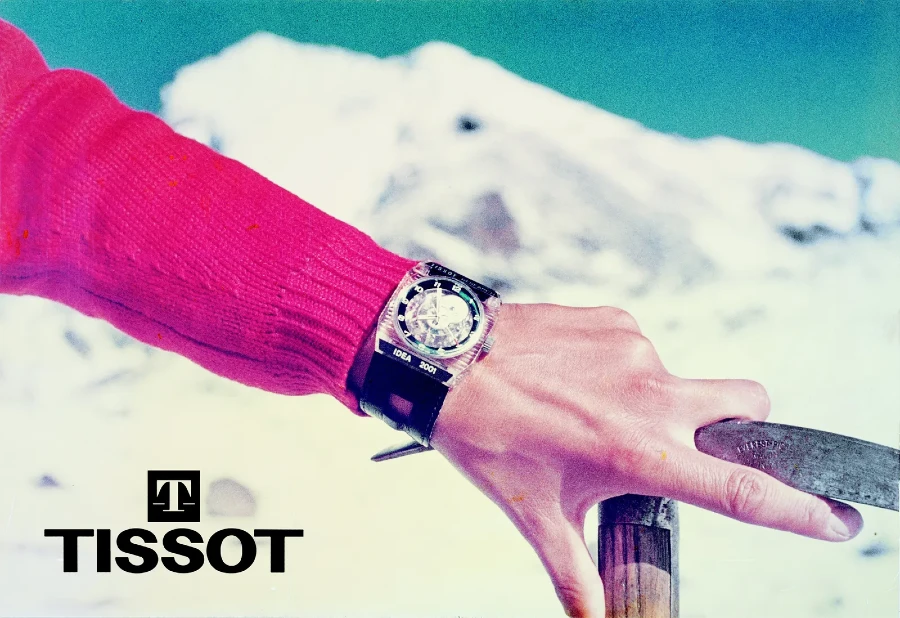
The problem? The movement was launched in 1973 – and quartz by then were already undermining the mechanical watch market, and the concurrence consigned this promising movement to oblivion.
The creation of the Swatch Group
Tissot continued to fight the inevitable, launching other watches that would become part of watchmaking history for their use of particular materials, such as cases made of rock or wood (Rockwatch and Woodwatch, respectively) launched in the 1980s. But the SSIH group merged with another group, ASUAG, which brought together other famous watchmaking brands, and both finally merged into SMH, which would later become Swatch.
From then on, Tissot was positioned within the group’s brands as a classic brand with an excellent price/performance ratio, effectively continuing its original mission. Over time it would produce other very interesting watches, such as the T-Touch, created in 1999, which was one of the first “smartwatches” made in Switzerland. It was the first timepiece with a touch-sensitive sapphire crystal through which the wearer could control the watch functions, like a compass, barometer, altimeter, and thermometer.
In short, Tissot through all of its history has been an innovative company, always striving to ensure quality and innovation at an honest price for all. It has done much for watchmaking and has derived much less appreciation than would have been fair. But even so, through this article, it seems fitting to recall its glories and talk about greatness too often forgotten.
The most famous models
Visodate Heritage
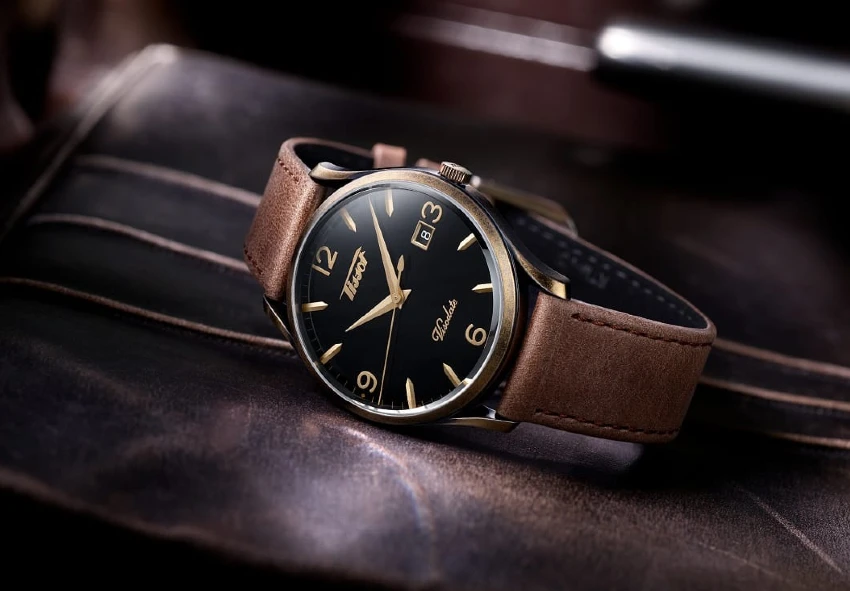
The Tissot Heritage Visodate echoes the style of the classic elegant watch of the 1960s. Equipped with an attractive movement visible through the case back, with an ornate and decorated rotor, the Visodate closely resembles the original, which caused a stir with its antimagnetic characteristics. A beautiful watch, very wearable, and with a quality/price ratio that is truly remarkable.
Chemin de Tourelles
This line from Tissot represents the high-end version of the Maison, especially in its charming dial-less interpretation called Squelette, which makes access to this type of watch possible even for those who can not afford much higher names – but without leaving anything to chance. A perfectly finished movement and features of absolute excellence are accompanied by the usual affordable price in perfect Tissot style.
Navigator Heritage
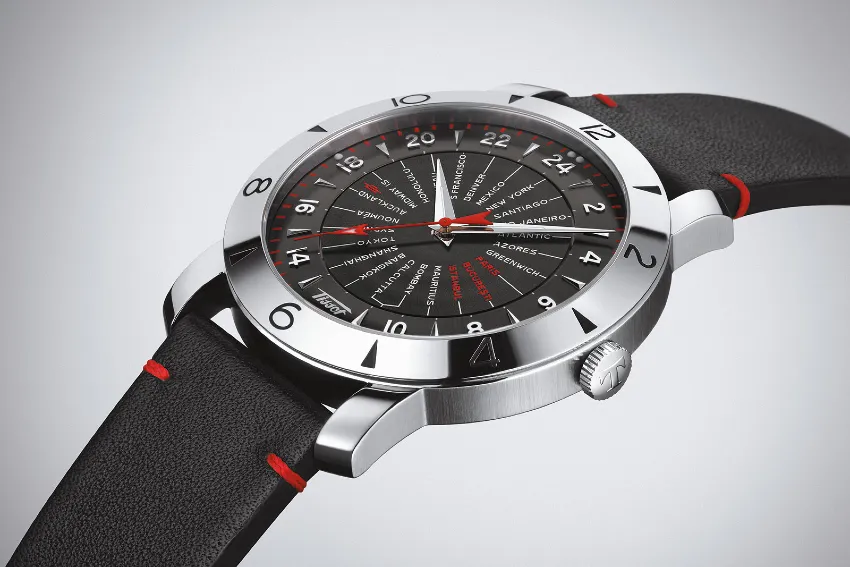
The Navigator also excels in its category, bringing a true worldtimer to everyone’s wrist. The Navigator takes the lines of a vintage model, without changing them one iota, except for the size – and confirms that class and design is not a recently invented prerogative. In addition, the recent version, released for the 160th anniversary of the House, is COSC certified as a chronometer.
Tissot PRX
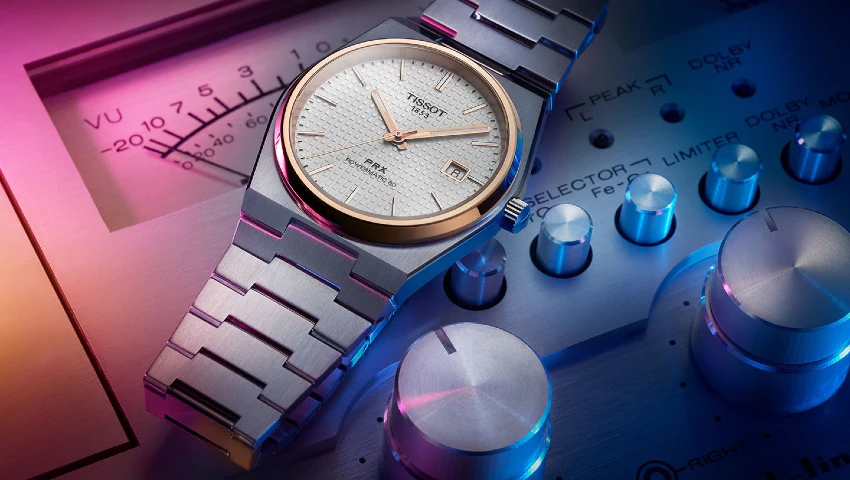
A modern and functional watch, the PRX takes the design of the luxury sports watches of the late 1970s, with steel case and integrated bracelet, and sublimates them into a contemporary form but with a touch of vintage. Its modern Powermatic movement, in the mechanical version (it also exists in quartz, like almost all of the Maison’s models), also offers an exceptional caliber with 80 hours of power reserve.

